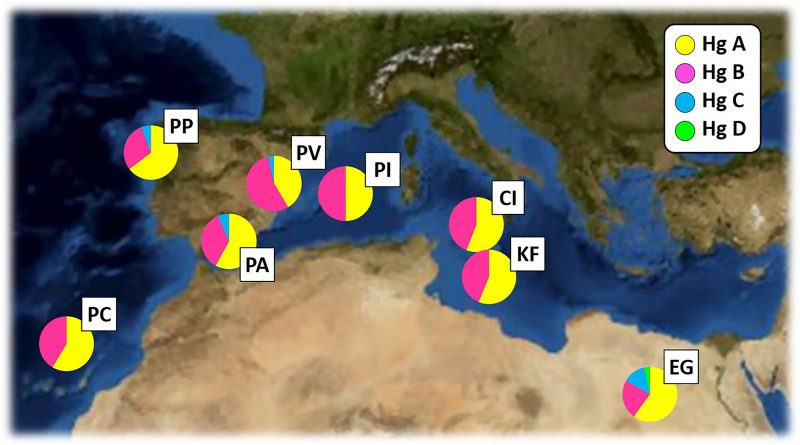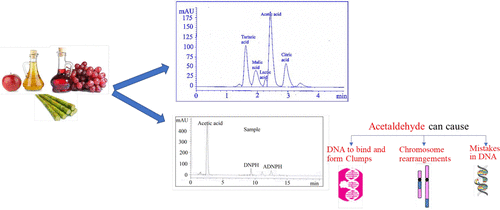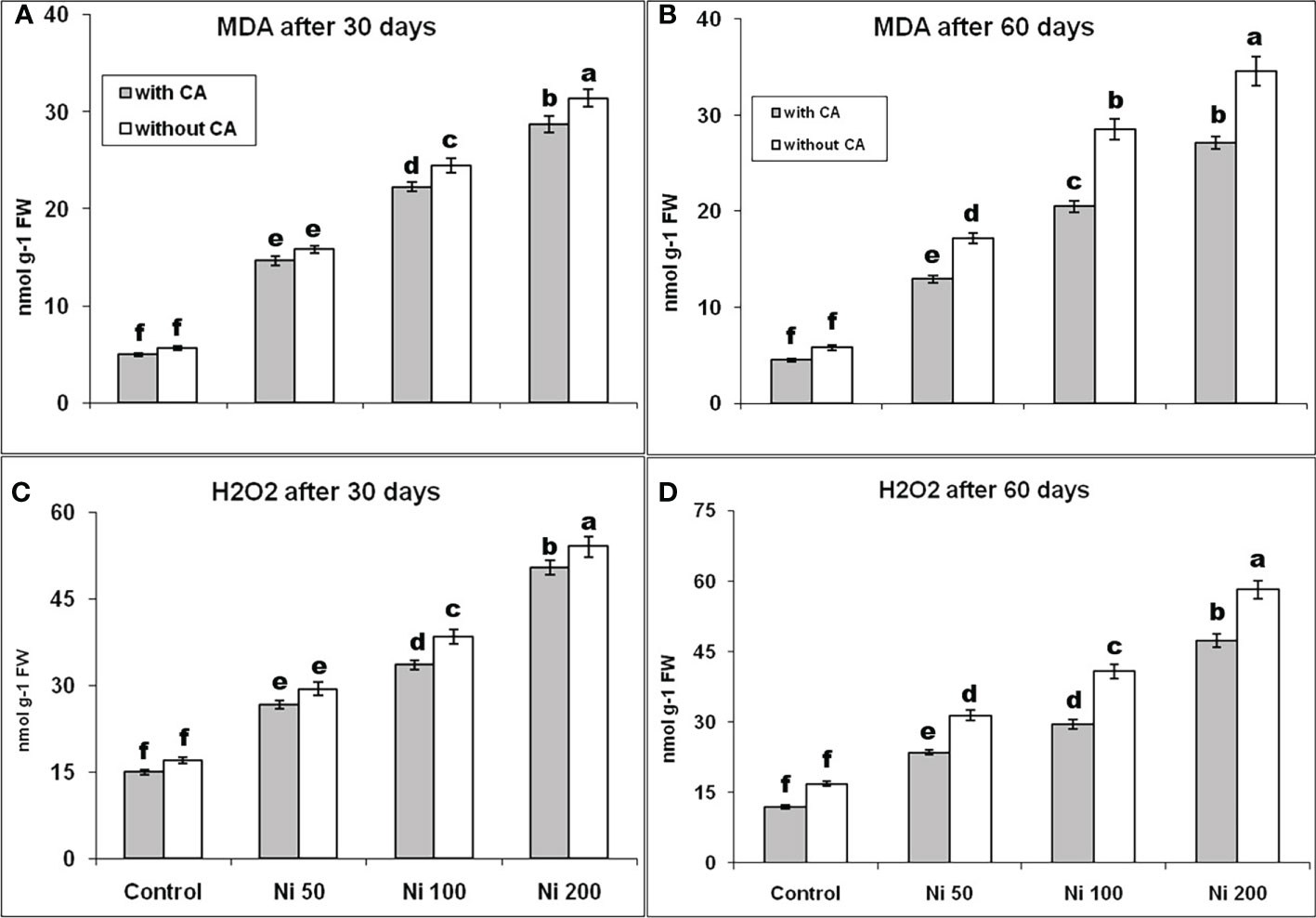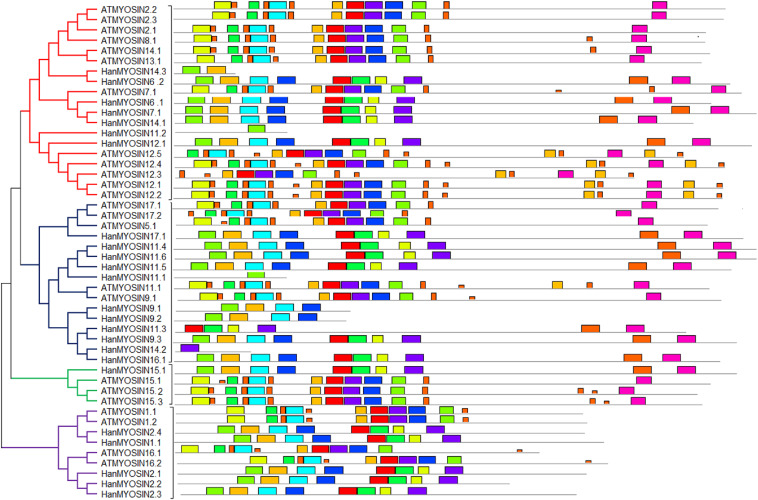Breadcrumb

Phylogeographic and population genetic structure of hound-like native dogs of the Mediterranean Basin
The dog was probably the first domesticated animal. Despite extensive archaeological and genetic investigations, the origin and the evolution of the extant dogs are still being debated. Dog breeds that have over time been selected for hunting share common ancestral traits. This study represents the first comprehensive attempt to survey at the genomic and mitochondrial level eight hound-like dogs breeds indigenous to the Mediterranean Basin to determine if they share common ancient origins. Results from the microsatellite analysis indicate that all the dog populations have a low inbreeding value.The Kelb tal-Fenek has a high divergence from the current Egyptian street population, however there is not enough evidence from this study to exclude completely the potential of an ancient common relationship. Overall, the mitochondrial results indicate high frequencies of haplogroups A and B and a low representation of haplogroup C, while only one Egyptian dog could be assigned to haplogroup D. Results reveal identities and shared clades, suggesting the conservation of ancient European mitotypes in the Mediterranean hound-like breeds, especially in the Egyptian population. Although none of the dog populations/breeds participating in this study indicate to be direct descendants of the Egyptian dogs, they still have a very close morphologically resemblance to those iconic Egyptian dogs often depicted in ancient art forms and share some genetic links with the current Egyptian population. Further research is required with other markers such us complete mitogenomes and SNP panels to confirm the complex history of the Mediterranean dogs involved in this study. © 2023




